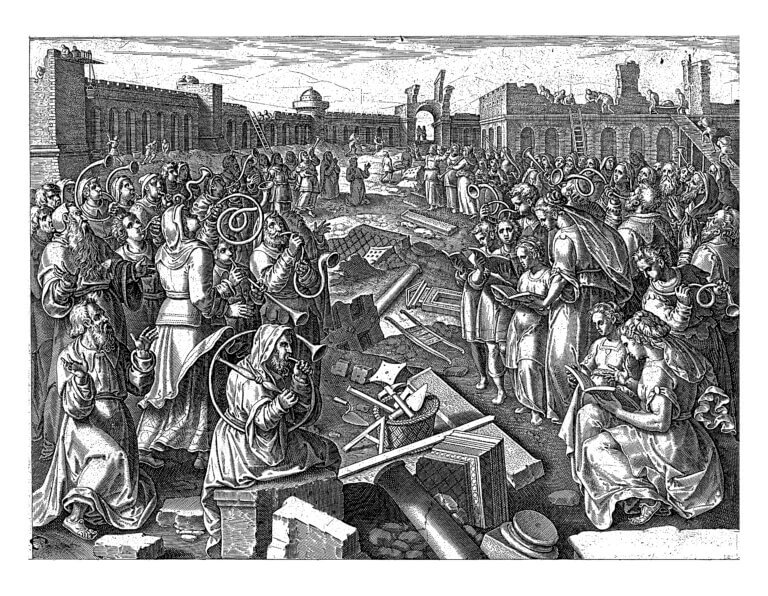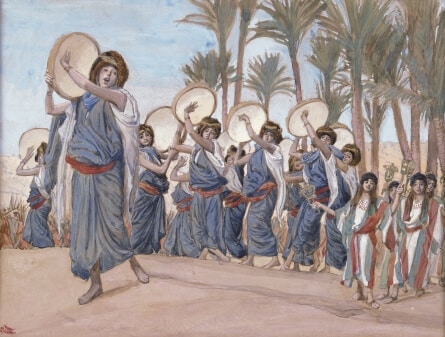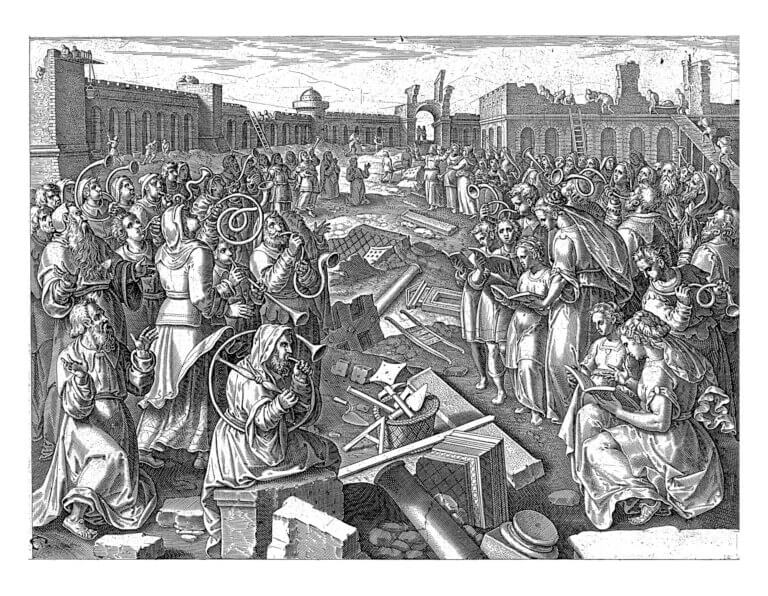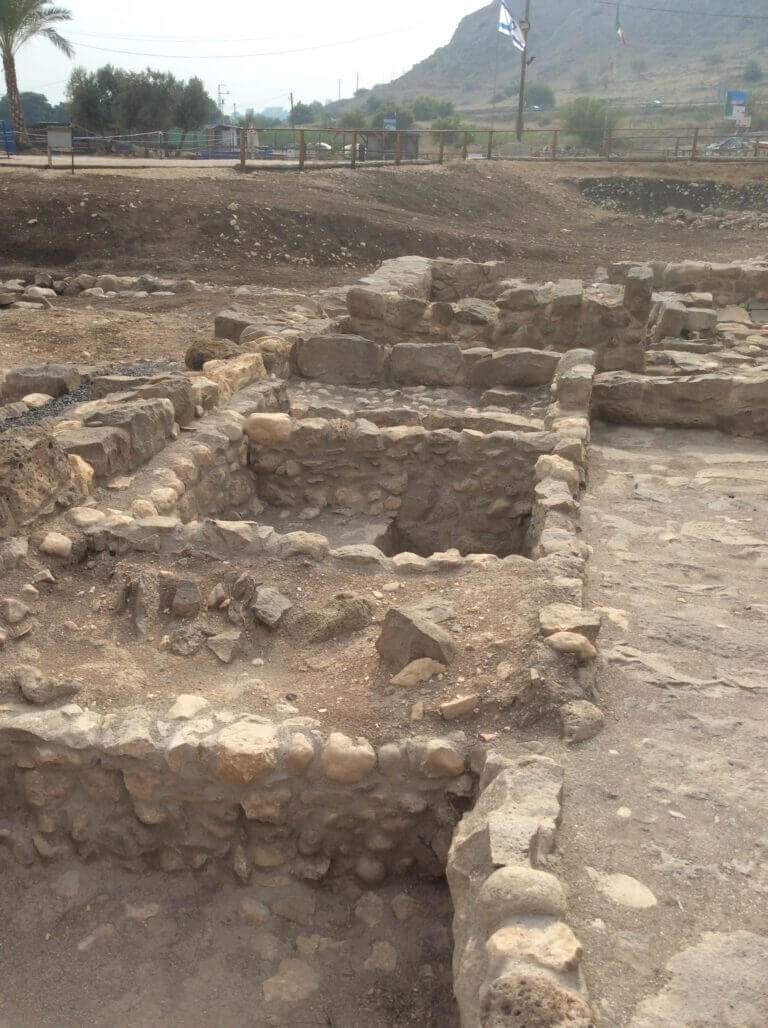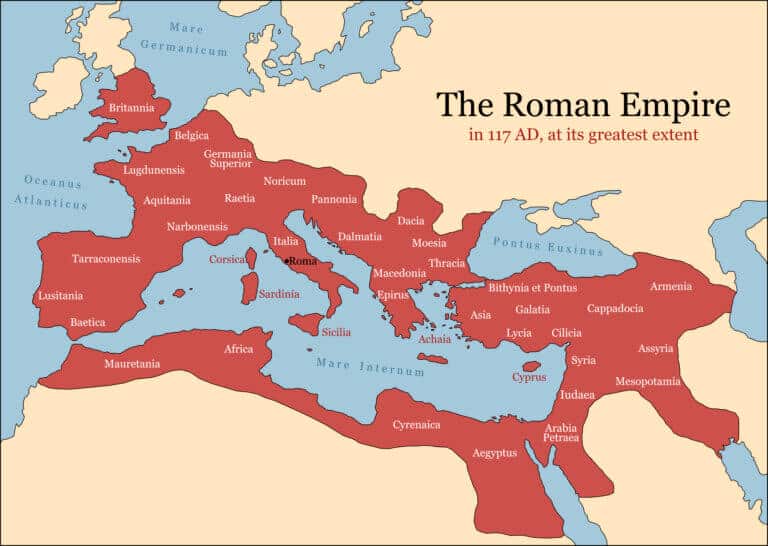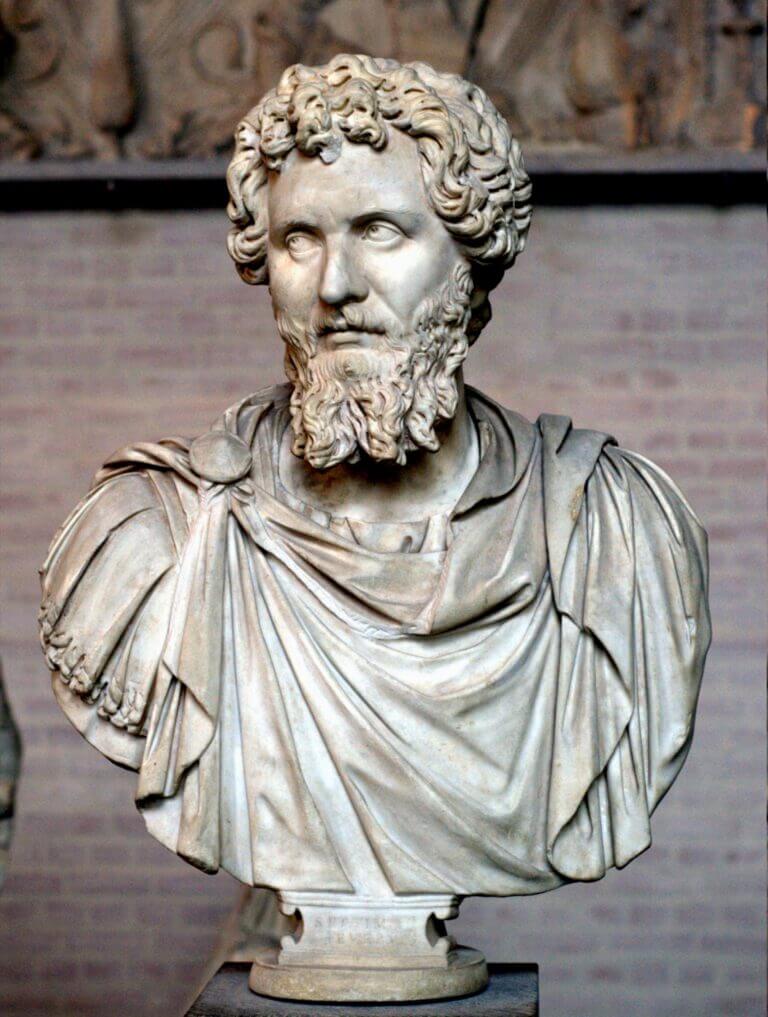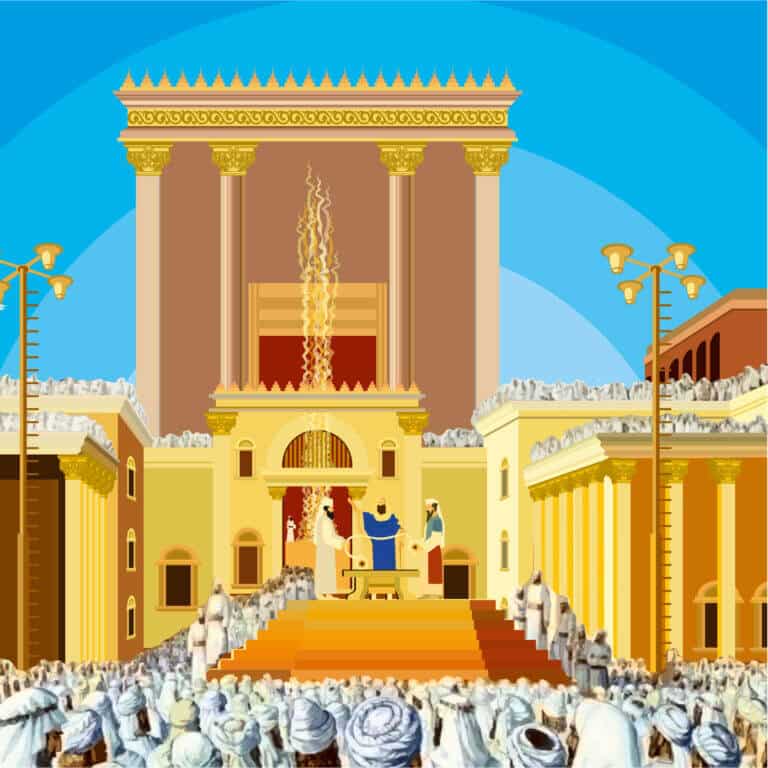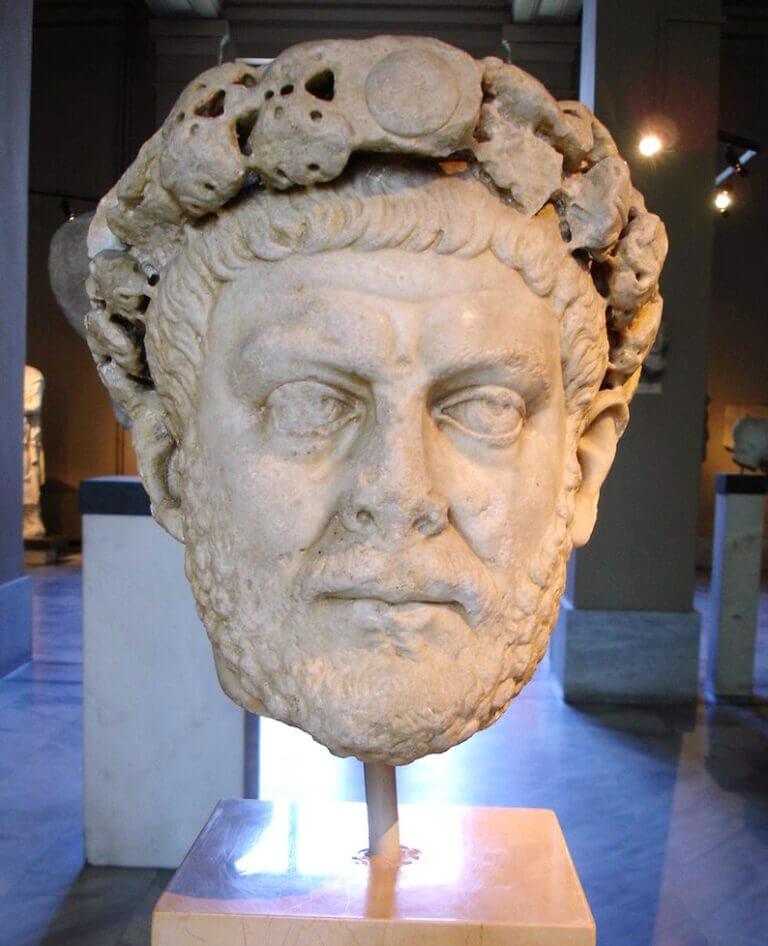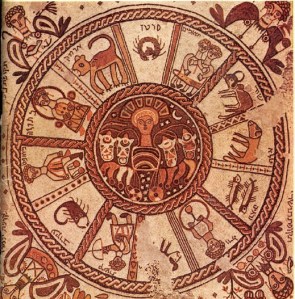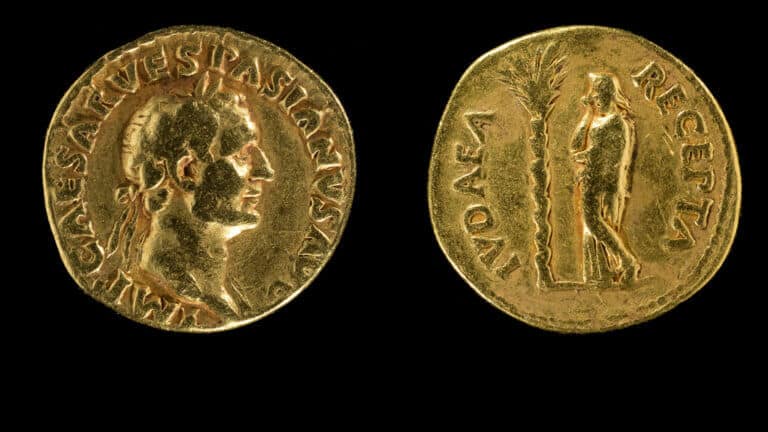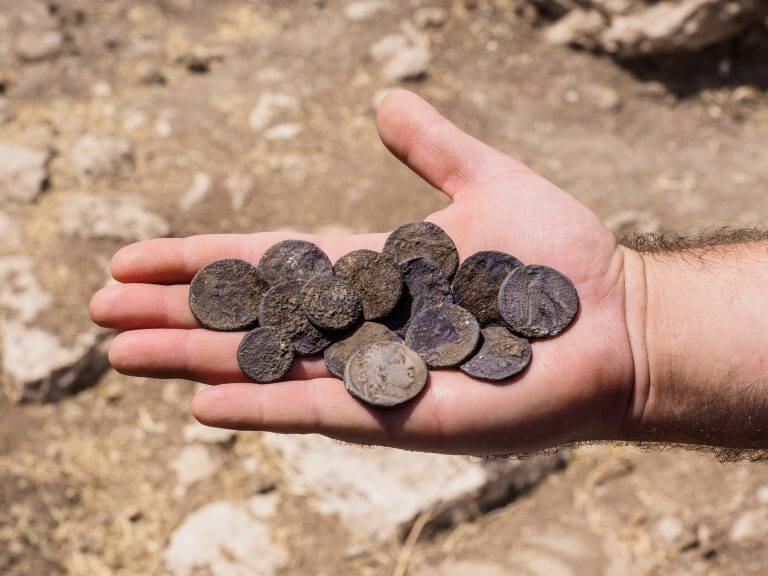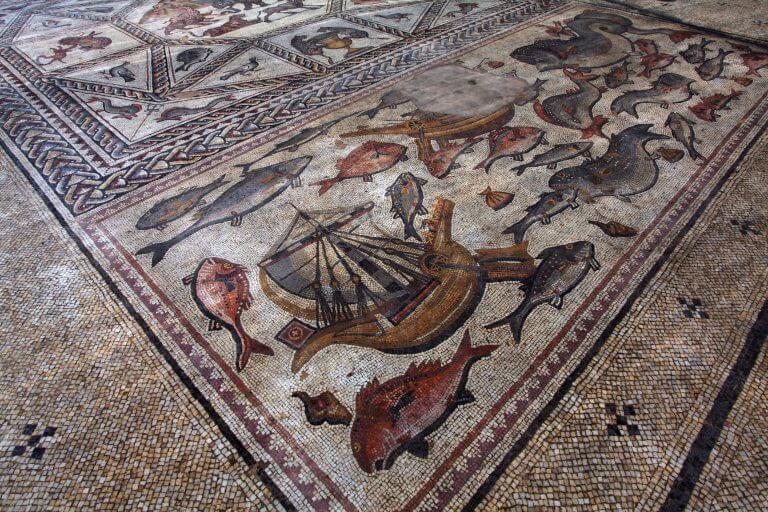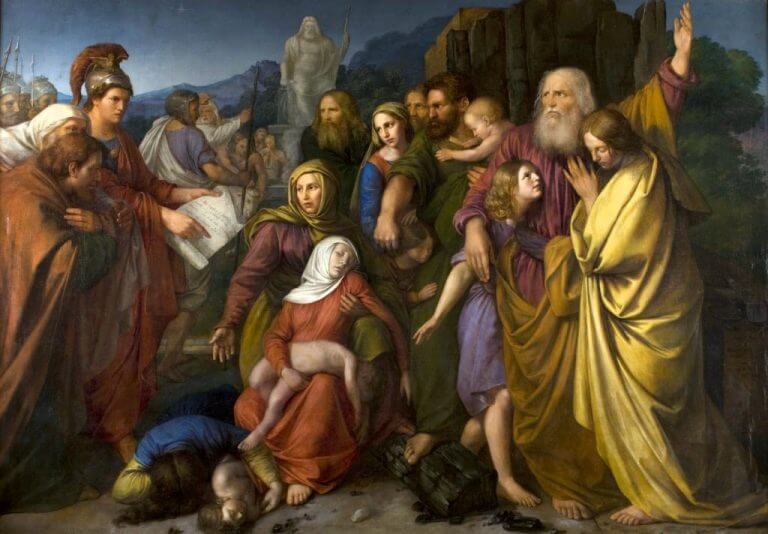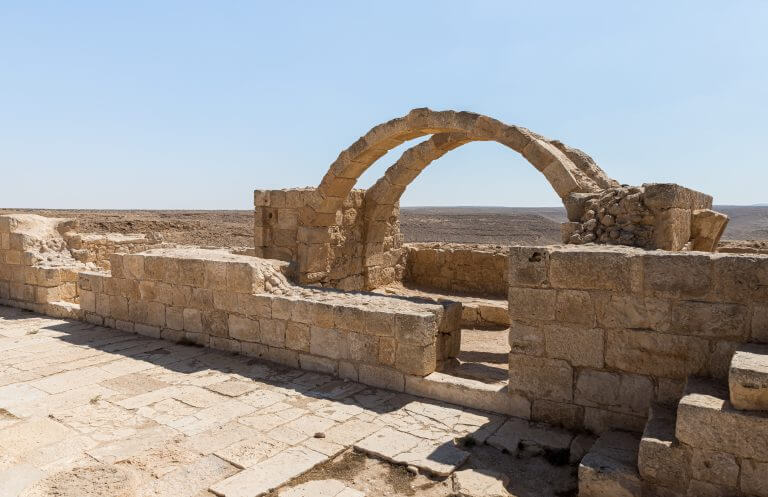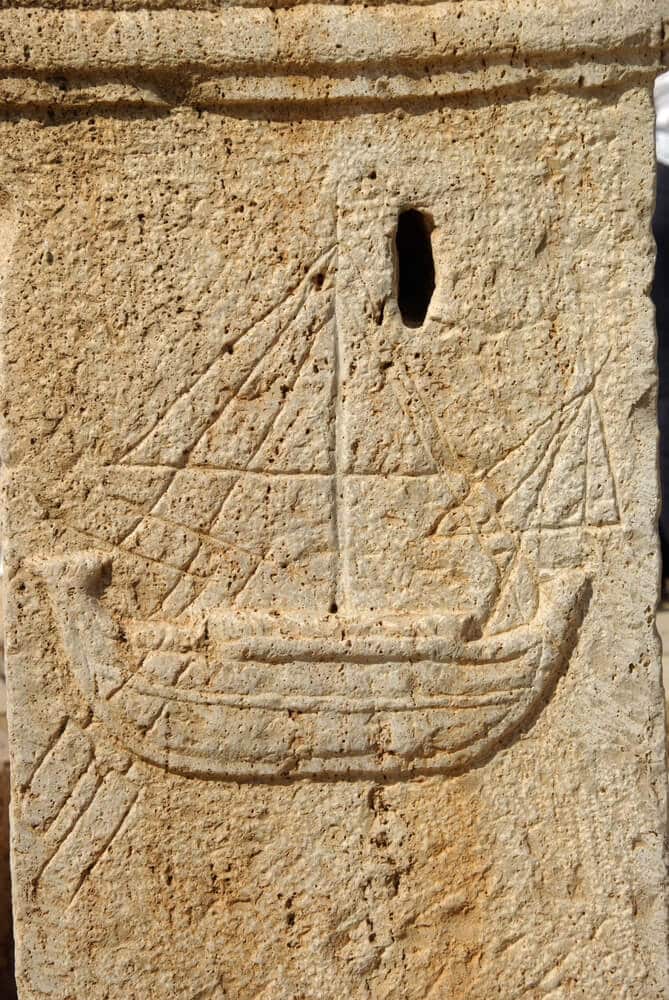Hayadan > Archive Dr. Yahyam whistles > Page 2
Dr. Yahyam whistles
- Dr. Yahyam whistles
- October 22, 2021
- 4 תגובות
The Second Temple was characterized by musical accompaniment to the hymns of praise, and musical ceremonies intended for the pilgrims
- Dr. Yahyam whistles
- September 15, 2021
- No comments
In this chapter I would like to highlight the special and significant contribution of the captains of the return to Zion - Zerubbabel ben Shealtiel and Yehoshua ben Yehozedek (516-538 BC) and especially that of Ezra and Nehemiah (432-458 BC) in regards to Jewish music in the Temple
- Dr. Yahyam whistles
- August 20, 2021
- One response
Holistic and vocal music occupied a very important place in the biblical period and it is a matter of emphasis - the lack of a prominent and unique connection to worship specifically. The poetry that was common was secular and it included songs of sand, wine, feasting and debauchery. Here and there there were spontaneous single service following events
- Dr. Yahyam whistles
- July 23, 2021
- 4 תגובות
- Dr. Yahyam whistles
- June 26, 2021
- 3 תגובות
This series deals with music and the historical foundations woven together in the fabric of both general and vocal music from the return of Zion to the fourth century AD, while alongside the question: what they sang, what they played and on what instruments, the treatment of the political, economic, social foundations stands out, and certainly the religious and ritual ones acted at the forefront of the musical stage and within it
- Dr. Yahyam whistles
- May 29, 2021
- One response
The Roman policy aimed at increasing the productive forces resulted in more and more Jews becoming landowners; An intensive economy has developed and spread over everything involved; Inhabiting villages and towns with Jews; Industrial production centers were absorbed in the villages; The city is taking shape and with it its agricultural fields and economic prosperity
- Dr. Yahyam whistles
- March 12, 2021
- One response
From the rebellion of Ben Kusva onward, many factors worked to cultivate the whole issue of the rough animal and its use for the production of meat and dairy products and leather.
- Dr. Yahyam whistles
- February 12, 2021
- 2 תגובות
The economy in the Roman period also included raising meat, fat animals (cattle) and thin animals (sheep). They too were required to give them as a tax to feed the large Roman forces that were staying here
- Dr. Yahyam whistles
- January 15, 2021
- No comments
Until the time of the emperor Hadrian (138-117 CE) we witness the reality of tax tenants who were responsible for collecting the taxes. Whereas from then on, imperial officials were appointed who were subordinate to Rome and were responsible for the issue of collection. And for this we find quite a few proofs from the books of the Sages
- Dr. Yahyam whistles
- December 25, 2020
- 3 תגובות
The "angria" mentioned in Sage sources means - the duty of man and beast for the postal work (cursus publicus, transportation and some activity for the authorities). The peasants suffered from this affliction mainly because sometimes they would work their animals to the point of disability and excessive fatigue so that they would be disqualified from the obligation towards the authorities.
- Dr. Yahyam whistles
- November 27, 2020
- 5 תגובות
What came before what - the "Hagg" in the opening score, or the "Hagg" in the Kametz score? The first - discusses a celebration, a time of joy on the occasion of a certain event and the second a somewhat geometric action, that is - drawing a circle, a circle, circling some object, a bird flying in the sky and more
- Dr. Yahyam whistles
- October 17, 2020
- 5 תגובות
The obligation to provide recruits-rookies for the Roman army, and not for the police units, rests on the village as a whole, and the amount of money paid by the population makes it clear that it is intended to finance equipment and supplies for the village's rookies and not to obtain an exemption for the village from the obligation to recruit those rookies
- Dr. Yahyam whistles
- September 18, 2020
- 25 תגובות
Today's Hebrew calendar is actually the Babylonian calendar. In the days of the First Temple, the months were called by names such as Eitanim and Bol
- Dr. Yahyam whistles
- July 29, 2020
- 4 תגובות
- Dr. Yahyam whistles
- July 19, 2020
- 3 תגובות
- Dr. Yahyam whistles
- June 13, 2020
- No comments
- Dr. Yahyam whistles
- May 9, 2020
- 51 תגובות
- Dr. Yahyam whistles
- April 10, 2020
- 6 תגובות
- Dr. Yahyam whistles
- February 22, 2020
- 5 תגובות
- Dr. Yahyam whistles
- January 10, 2020
- 7 תגובות
- Dr. Yahyam whistles
- December 22, 2019
- 6 תגובות
- Dr. Yahyam whistles
- November 22, 2019
- No comments
- Dr. Yahyam whistles
- October 14, 2019
- 14 תגובות
- Dr. Yahyam whistles
- September 6, 2019
- 2 תגובות
- Dr. Yahyam whistles
- July 26, 2019
- 5 תגובות

